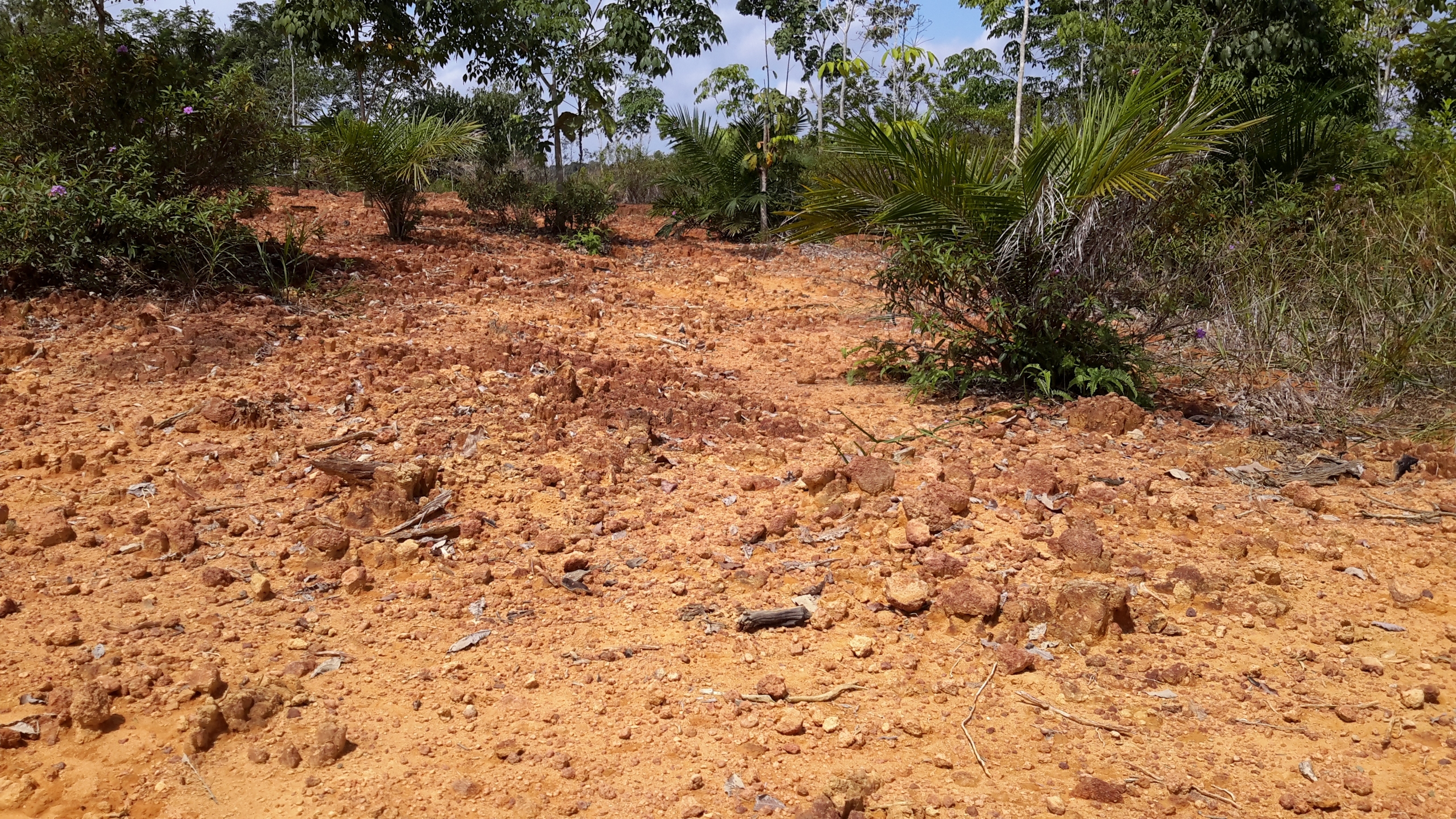 Critical area planting involves planting permanent vegetation in areas with higher erosion rates, as well as places with chemical or biological conditions that hinder planting vegetation with conventional planting methods. Intended sites are evaluated to identify the conditions hindering successful plant establishment and cleared of unwanted materials to prepare suitable seedbeds for the selected vegetation.
Critical area planting involves planting permanent vegetation in areas with higher erosion rates, as well as places with chemical or biological conditions that hinder planting vegetation with conventional planting methods. Intended sites are evaluated to identify the conditions hindering successful plant establishment and cleared of unwanted materials to prepare suitable seedbeds for the selected vegetation.
This agriculture technique improves soil health by reducing damage from wind- and water-based soil erosion in areas particularly vulnerable to it. Planting vegetation on previously unoccupied soil also restores the natural processes of the soil's carbon cycle system, boosting its nutrient contents over time and restoring its productivity. Critical area planting can stabilize places like shorelines, riparian areas, and other places degraded by natural events or human activities, while also beautifying scarred areas and providing new support for wildlife habitats.
Learn more about the process and considerations for successful critical area planting on the CA Field Office Technical Guide website.
The following sections highlight some of the most applicable and effective methods for the Sacramento region and provide access to additional sources to learn more.
